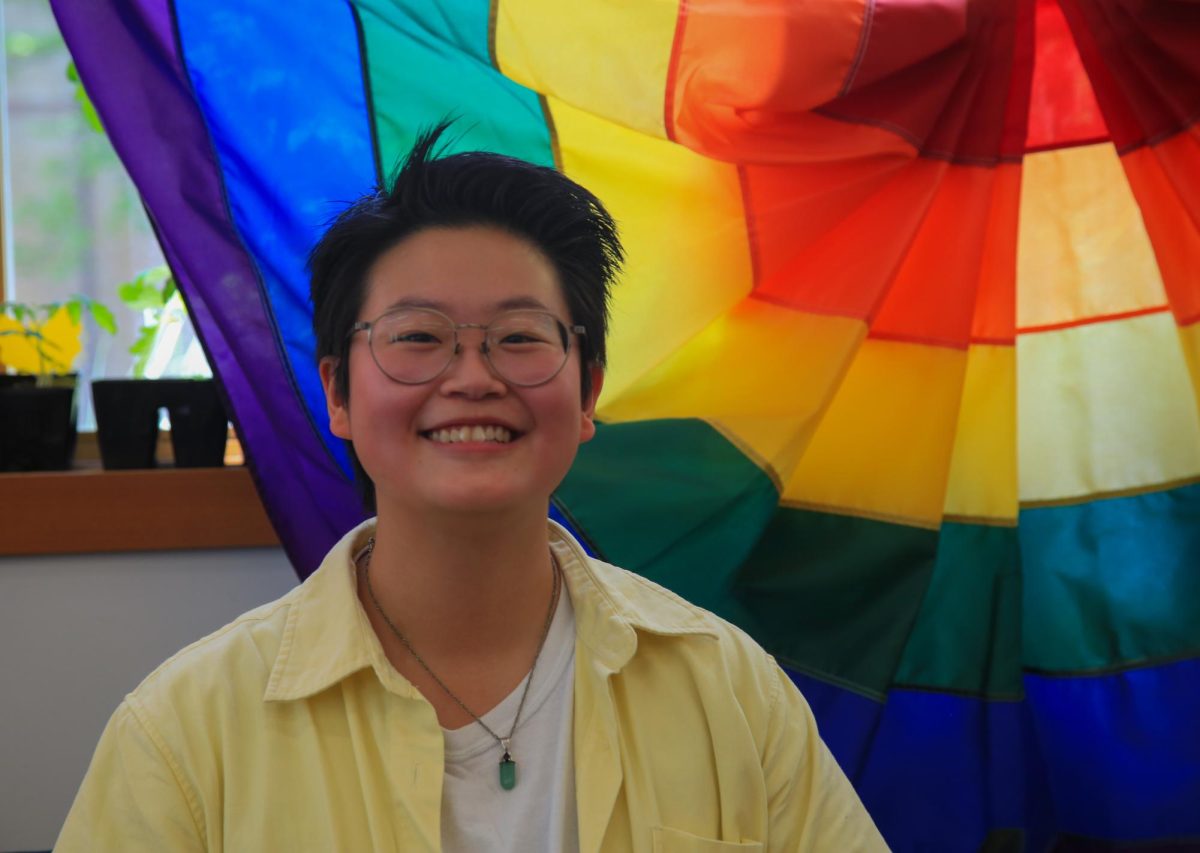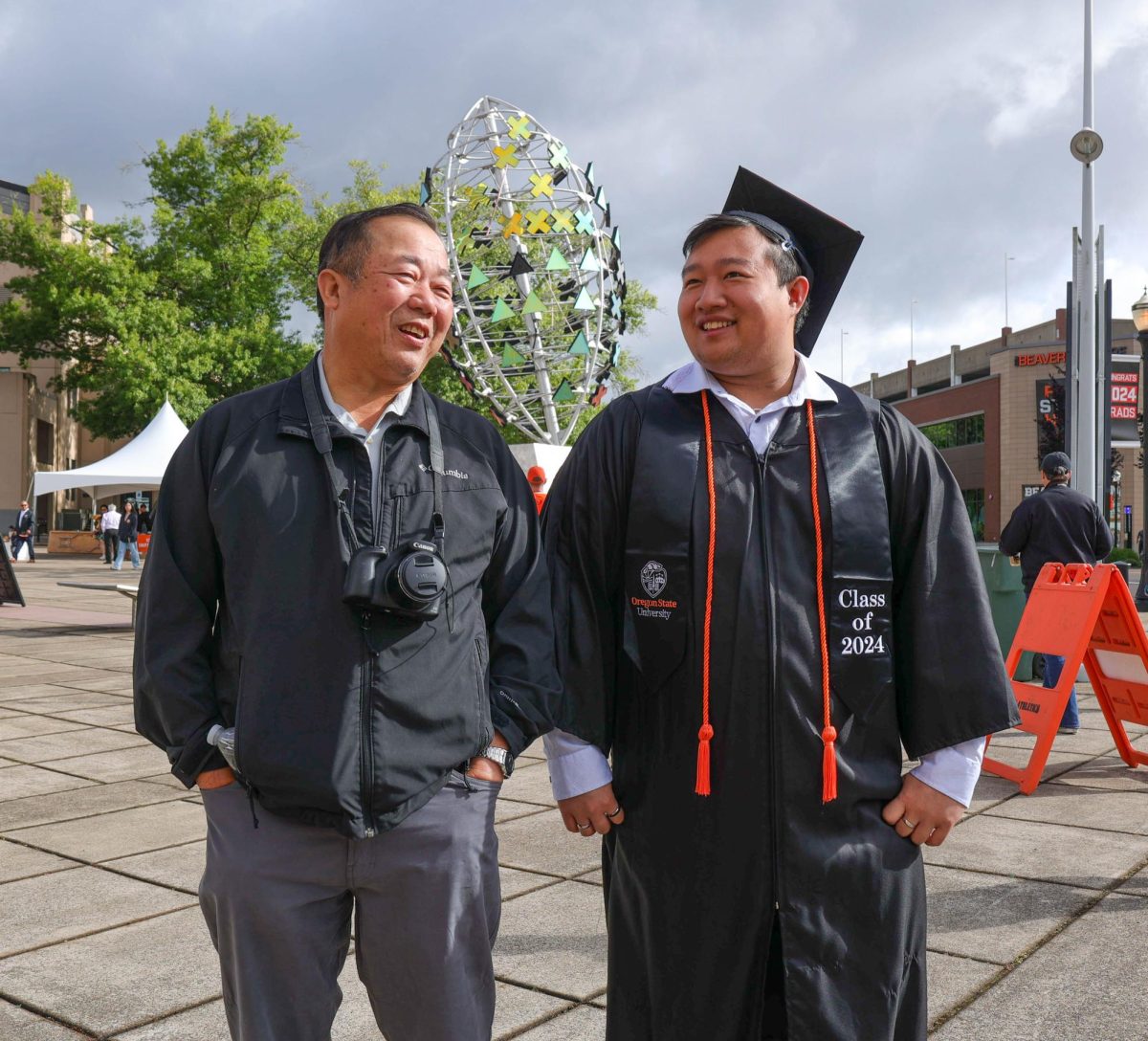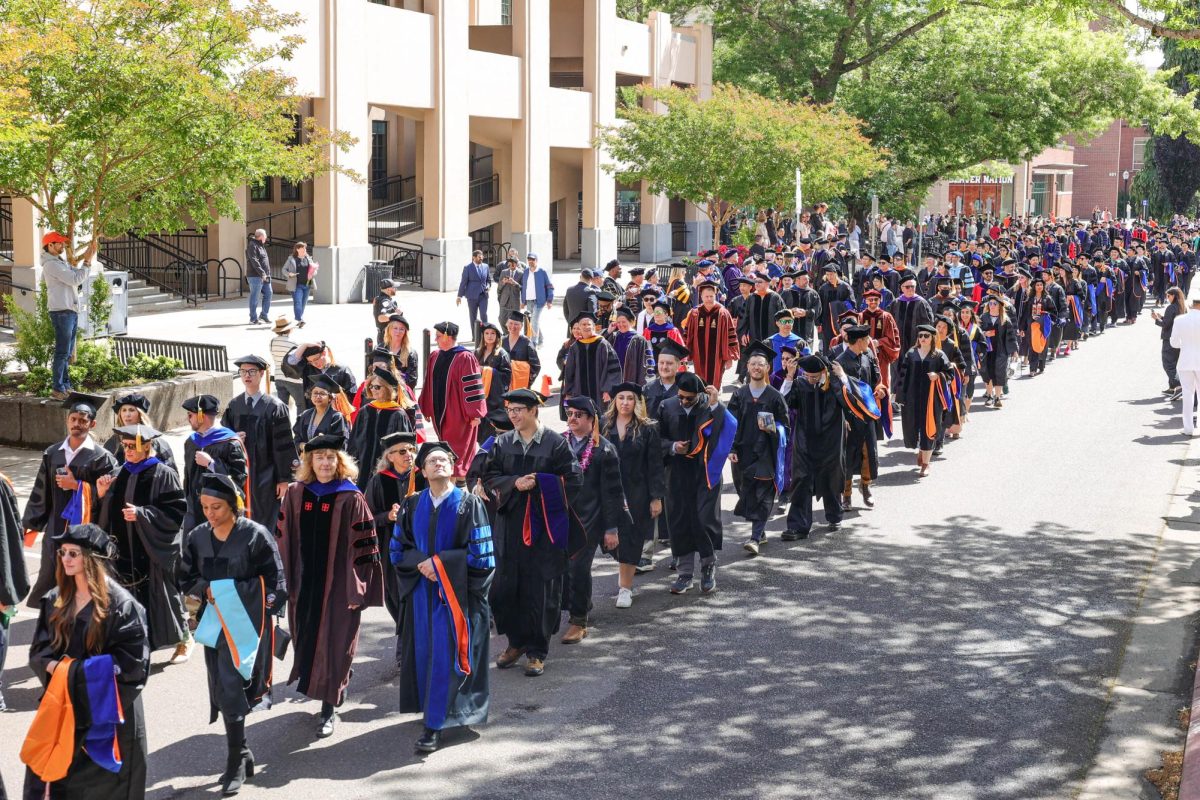Pomp and circumstance ignite Oregon State University’s campus as the class of 2024 enters a poignant time of their life.
Amid the celebration and bittersweet farewells that await them—a community of students whose history is intertwined with struggle and triumph takes a moment to reflect on what graduating means to them.
OSU’s Pride Center and SOL Multicultural Student Network team up each year to organize the Lavender Graduation—a celebration that recognizes the unique challenges faced by the LGBTQ+ community.
Set against the backdrop of McCarthyism’s dark legacy, where prejudice and fear threatened American democracy, the Lavender Scare was the cloud of darkness covering the queer community in injustice at the time.
The Lavender Graduation Ceremony was also created from a defying event of discrimination. Lavender Graduation–created by Ronni Sanlo, a Jewish Lesbian, who was denied the opportunity to attend the graduations of her biological children, according to the Human Rights Campaign. As of 2022, this celebration is hosted at numerous campuses nationwide.
As OSU’s queer students prepare to cross the stage to receive their diplomas, they carry with them the knowledge of the resilience and solidarity of those who came before them.
From the history of unjustified persecution of queer people in federal office to denying queer people the right to attend ceremonies with their families, the Lavender Scare and Lavender Graduation are history-rich events that hold deep meanings for queer people.
What do these students leave behind to keep the spirit of justice thriving within the OSU community? How do these students hang up their cap and tassel at the end of this journey ready to embrace the promise of a brighter, more inclusive future?
Julie Huang is a fourth-year bio health and science studies student who works as a community relations representative at the Pride Center.
Huang said she feels good about her work at OSU and the work done to uplift the community. She coordinated events where she got to see people become friends and it made Huang “feel good” to help people connect and find community.
“My journey here allowed me into my identity with confidence and authenticity,” Huang said. “This is largely thanks to the incredible people I’ve had the privilege to work alongside, who have been a source of inspiration and strength.”
Having the opportunity to find that identity speaks to the progress that the queer community has made.
When the United States was in its early days of the Cold War, homophobia was rampant among congressmen and they weaponized rhetoric about queer people to attack then-President Harry Truman and his administration, according to a Journal of American Studies article.
Sen. Joseph McCarthy also played a major role in the weaponization of anti-queer rhetoric. McCarthy said that queer people were of “weak moral fiber and vulnerable to blackmail,” according to the journal.
Due to being cast in that regard, queer people were seen as a threat to the moral health and security of the United States by politicians, media and the American people.
“Once the people of a nation become complacent about moral degeneracy in its leadership, then the nation has not long to live,” McCarthy said during a senate hearing.
The intensity to out and expel suspected queer people was high; it was a bipartisan effort to remove unconfirmed queer folks from their positions in office and fire federal employees on all levels.
Republican Sen. Kenneth Wherry and Democrat Sen. J. Lister Hill made up a two-person task force dedicated to monitoring their employees’ every move. If anyone was ever accused and the senators found the claim credible the employee was faced with an ultimatum; resign or be publicly outed, according to the National Archives Foundation.
In a report titled “Employment of Homosexuals and Other Sex Perverts in Government,” over 5,000 federal government employees were suspected of being queer.
On April 27, 1953, President Eisenhower issued Executive Order 10450: Security Requirements for Government Employment. It labeled members of the queer community security threats and barred them from being hired for federal jobs, according to the National Archives Foundation.
The effects of the Lavender Scare that McCarthy spearheaded continued for decades. Federal employees endured scrutiny and invasive questioning because of the fearmongering spread by the committee.
It wasn’t until 1975 that the senate committee set to investigate these “homosexuals” was disbanded.
Finally, in 2017 then-President Barack Obama, on his final day of office, repealed all standing legislation and remnants of EO 10450 from federal office, according to the foundation.
The significance of lavender being the color to represent celebration in the queer community isn’t an aesthetic coloring choice, the symbolism of the color is rooted in the oppression of Jewish queers and how the colors are a combination of the colors used to other them during World War II.
The color lavender is a combination of the pink triangle that gay men were forced to wear in concentration camps and the black triangle designating lesbians as political prisoners in Nazi Germany.
Queer activists took these symbols of hatred and combined them to make lavender a representative color for the community, according to the Human Rights Campaign.
With the history that the Lavender Scare is rooted in the queer students at OSU take to looking at the past and use that to help them inform how they organize for their future.
OSU’s Pride Center was born from student activism and a need to demand safety and representation on campus. The Pride Center provides a space that empowers the lives of queer students who need resources for education, outreach, program support, consultation, community development, visibility and advocacy, according to OSU’s Queer History Month website.
Eli Earle, a fourth-year liberal studies student has worked at the Pride Center as a leadership liaison during their tenure at OSU.
As graduation draws near, Earle said they have been reflecting on their time at OSU and what they’re leaving behind. They have accepted that they won’t do everything they set out to do but that’s okay.
“You should take every opportunity you’re presented with to create the community you want and help meet their needs,” Earle said. “Be patient with yourself. If you find something you love doing; stick with it, and keep putting yourself out there, you’ll get there.”
Working in tandem with the Pride Center is SOL: LGBTQ+ Multicultural Support Network.
SOL is a student-fee-funded organization that focuses on queer and trans people of color while providing support through educational programming, student advocacy and ally-building among undergraduate and graduate students.
Students who have spent their time at OSU working in these communities know the work that was done to provide them the springboard to jump to greater heights.
Sabrina She is a fourth-year creative writing and english major and a leadership liaison with SOL. She says that their time at OSU could have been more fulfilling by doing more community service.
Before working with the Pride Center and SOL, they weren’t a part of any queer communities or involved in the QTBIPOC scene. They had a very tall learning curve going into community work.
It was their work through SOL that She learned about advocacy and what it means to be a queer student of color at a Predominately White Institution and how to navigate that kind of institution.
She said they “feel good” about the work they were involved with but they wanted to do more events, outreach, work with different organizations on campus and provide more resources for their community.
“I feel that OSU has so many resources and connections that organizations like Pride and SOL could be bigger. I could see programming like the Gender Euphoria Project, QTBIPOC Study Nights and Sol Flea Market growing immensely,” She said. “I hope that the students after me can continue that work.”
It doesn’t end here though, even with the students graduating the work that they are enthusiastic about and the change that they want to see for their community can still be worked toward.
OSU Rainbow Connect is an official network open to OSU alumni and friends who identify with and support LGBTQIA+ communities.
“Our goals are to facilitate connections, engage alumni and students in learning and healing, share opportunities and guidance for emerging LGBTQIA+ professionals and encourage advocacy that creates a more inclusive Oregon State,” as stated on the website.
So, even as students prepare to make that big step into the world as distinguished graduates of OSU, they will always have a way to connect back to the community.
The queer community has overcome challenges and endured discrimination like the Lavender Scare that was enacted on them on a federal level.
Today, the challenges persist, but the students who share in the work that they do for their community while in college actively participate in the activist work that queer liberation champions.
The mark of a Lavender Graduation is more than just a student receiving their diploma and having their accolades recognized by their peers and mentors.
Lavender Graduation celebrations were made so students can share their unique queer experience and it is officially recognized and celebrated by OSU.
Lavender Graduation is a celebration for queer students to look forward to, it’s a time to share their dreams, aspirations and hopes with the community.
“I’ve learned that queer resilience doesn’t always look like big fights or protests, sometimes it’s passing your classes and eating dinner. Big institutions don’t care about individuals,” She said. “I feel the best way to make yourself heard is to survive. By taking up space and existing on campus, we carve out that much more of a place for all the students after us.”

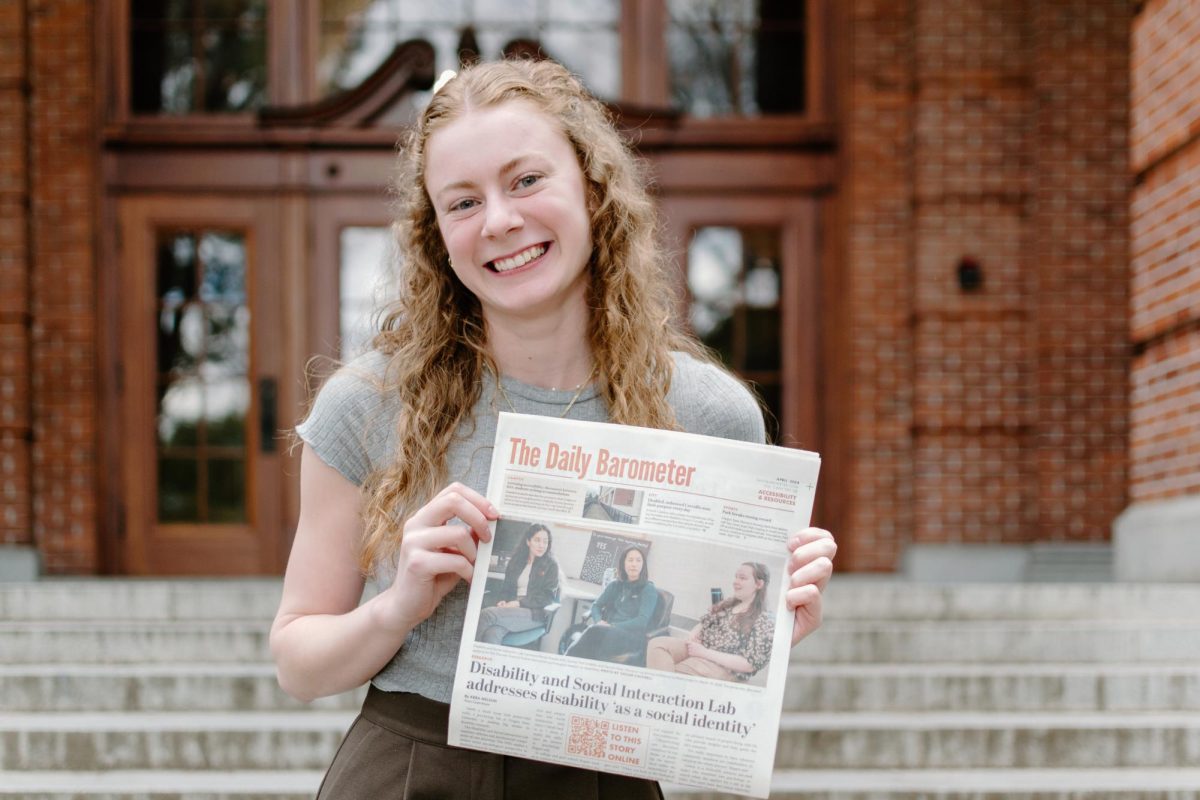
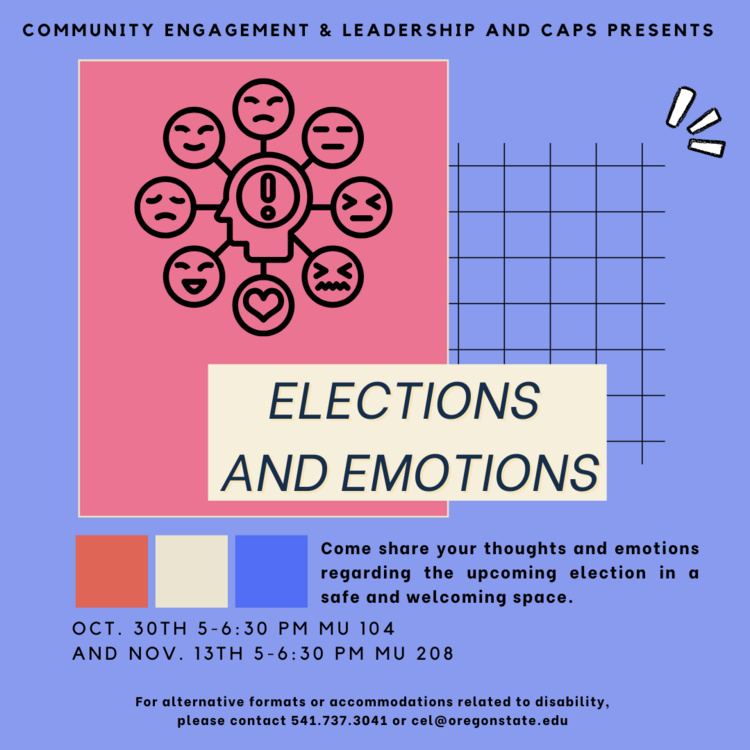
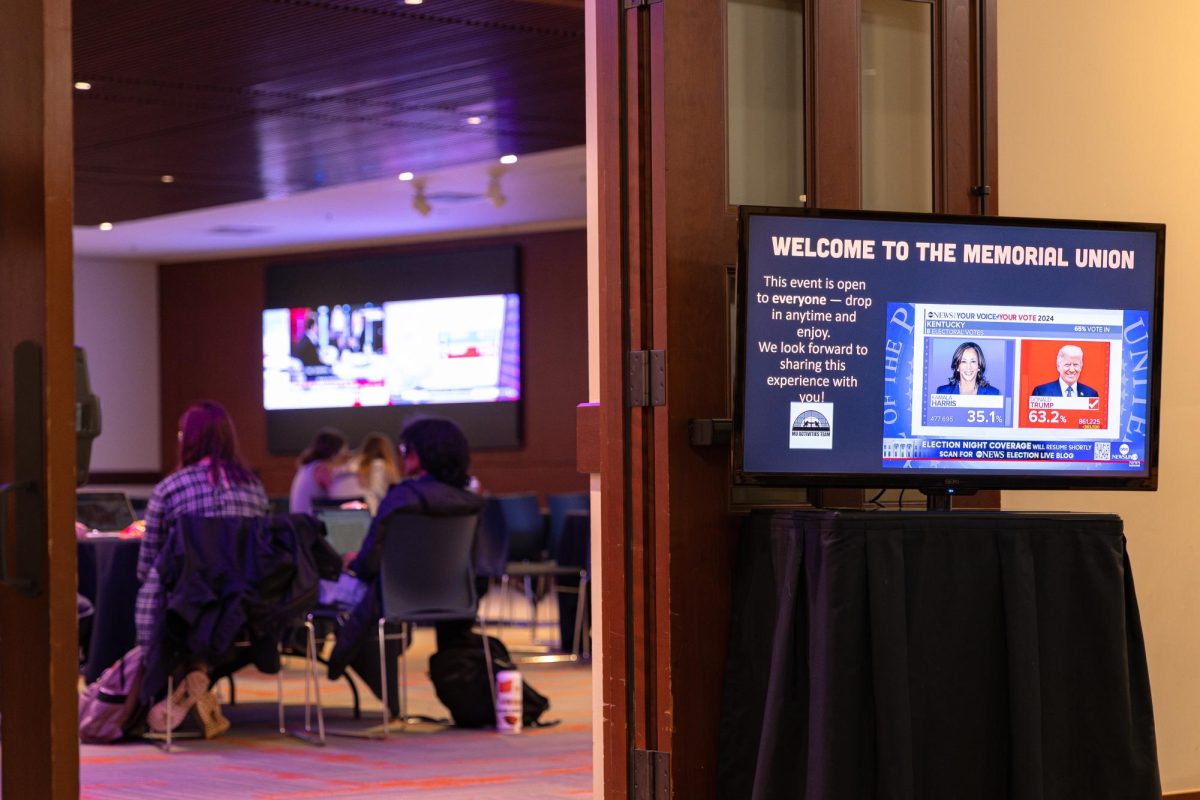
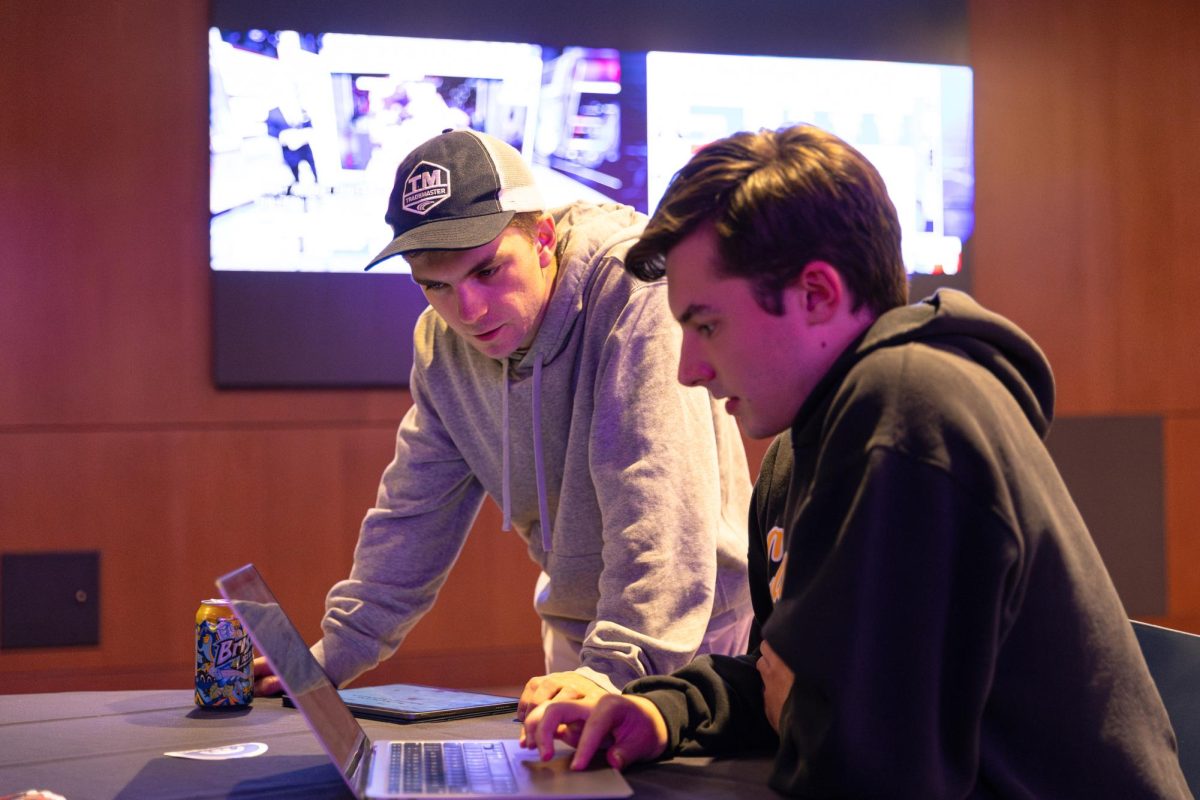
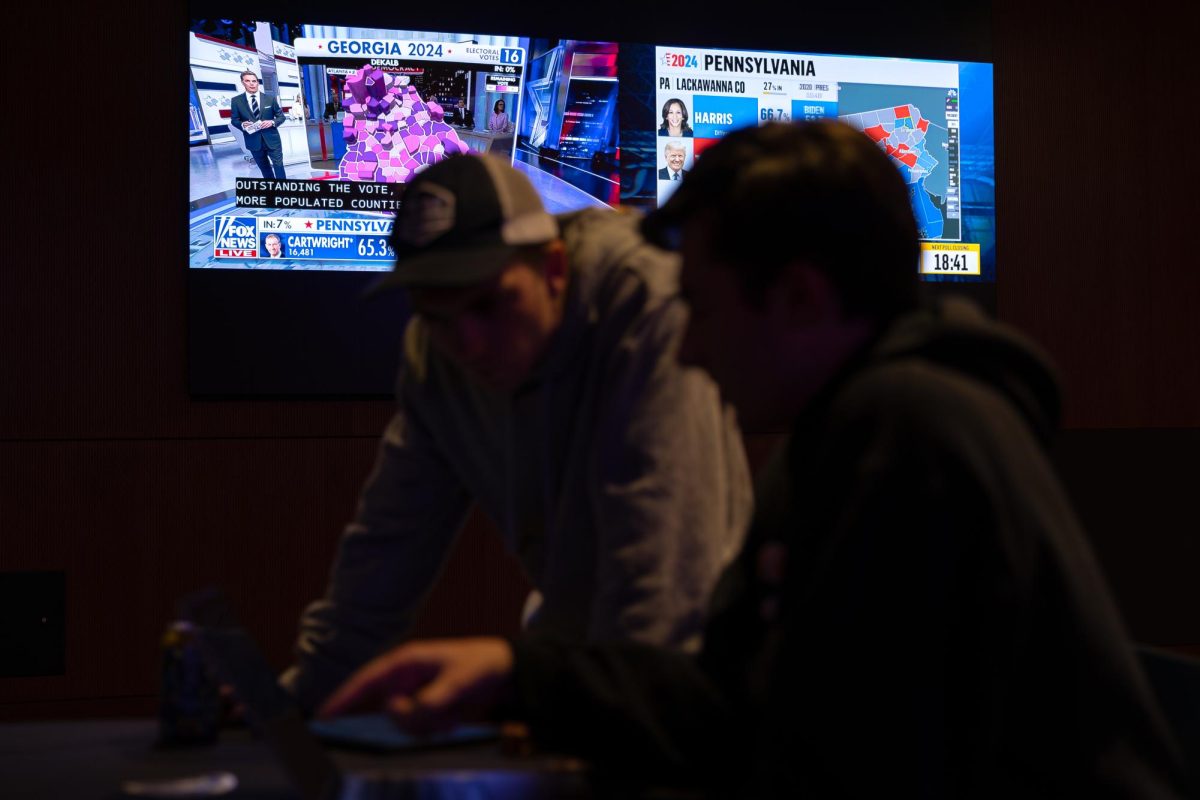





































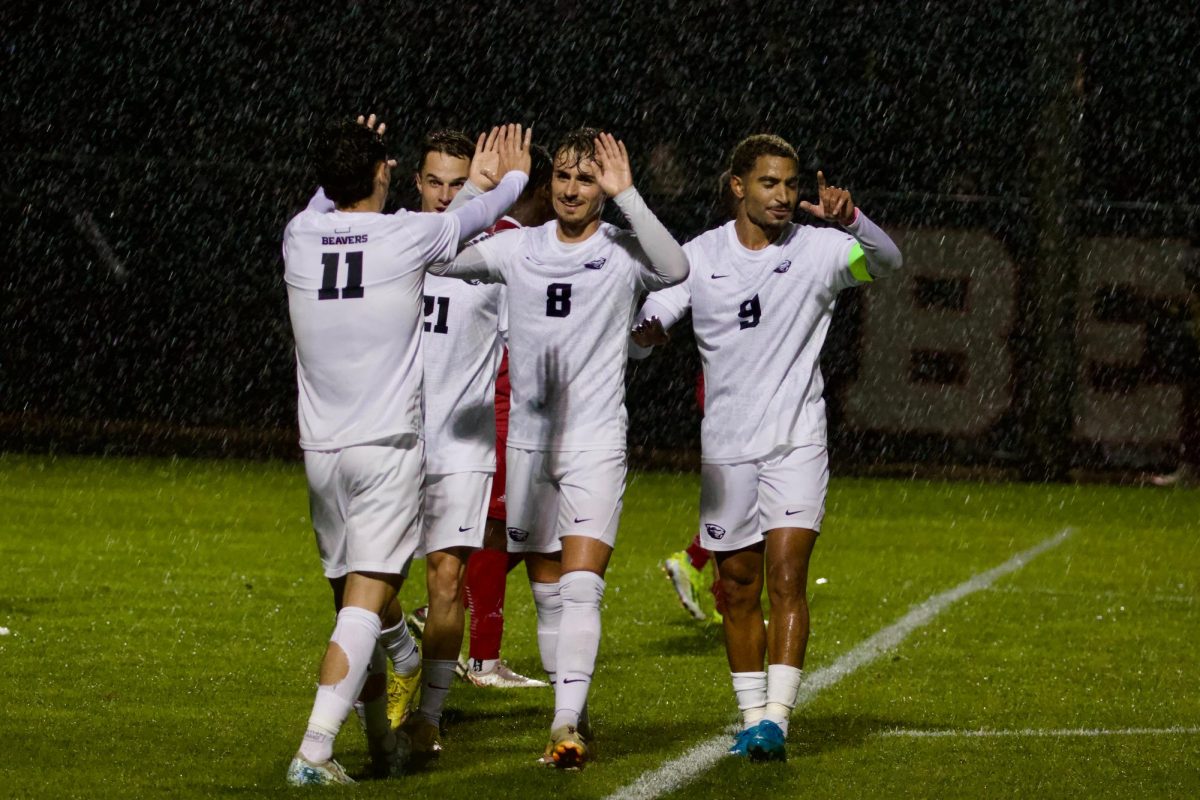


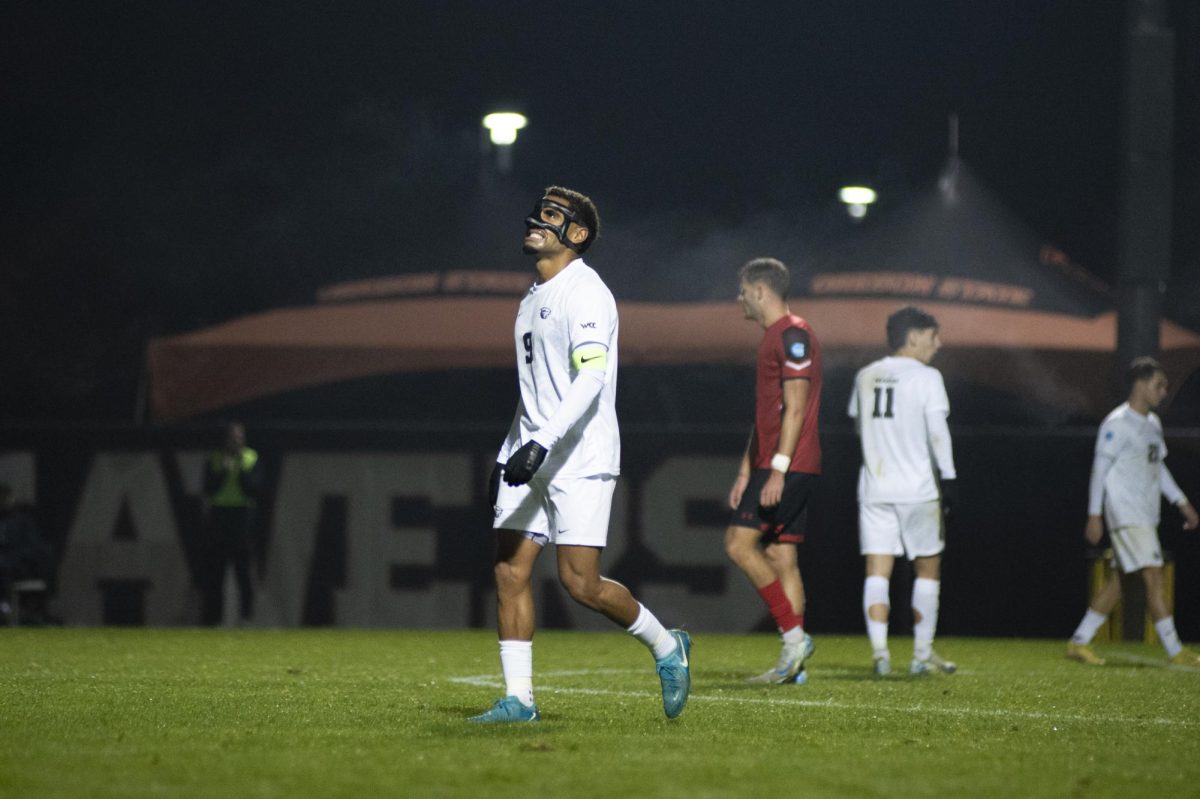
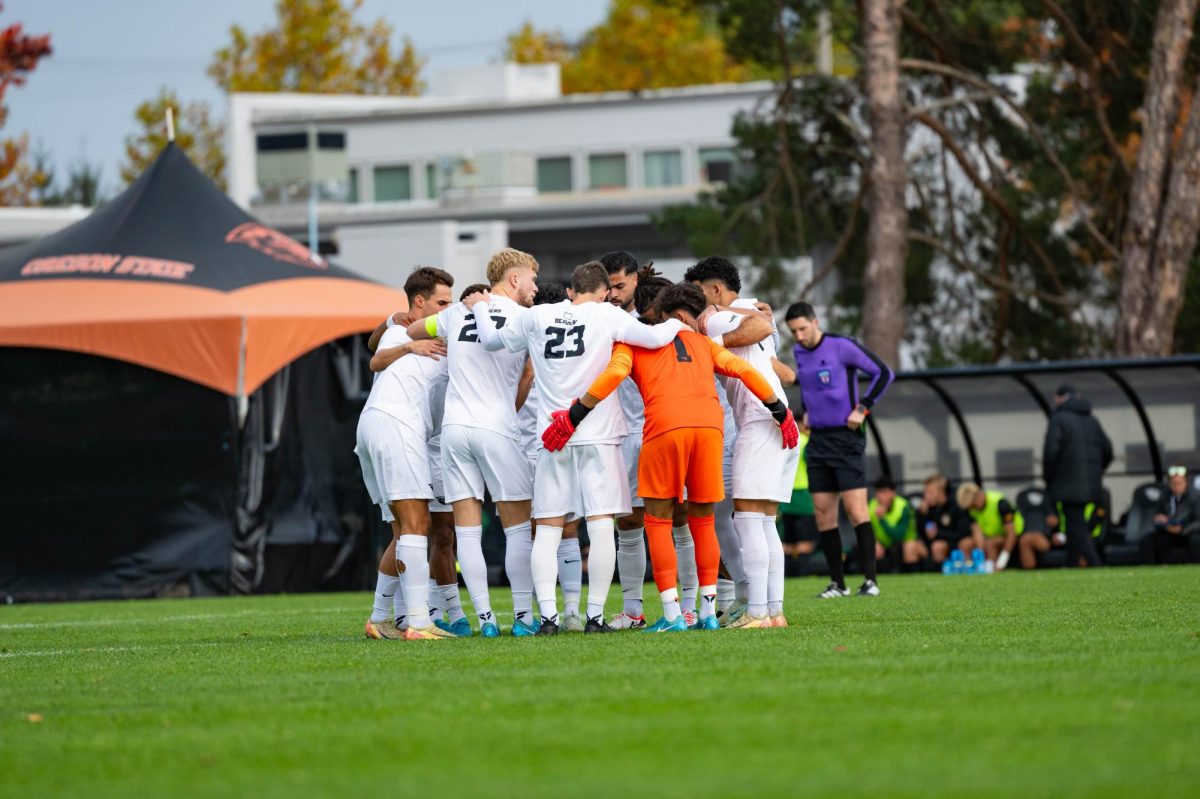

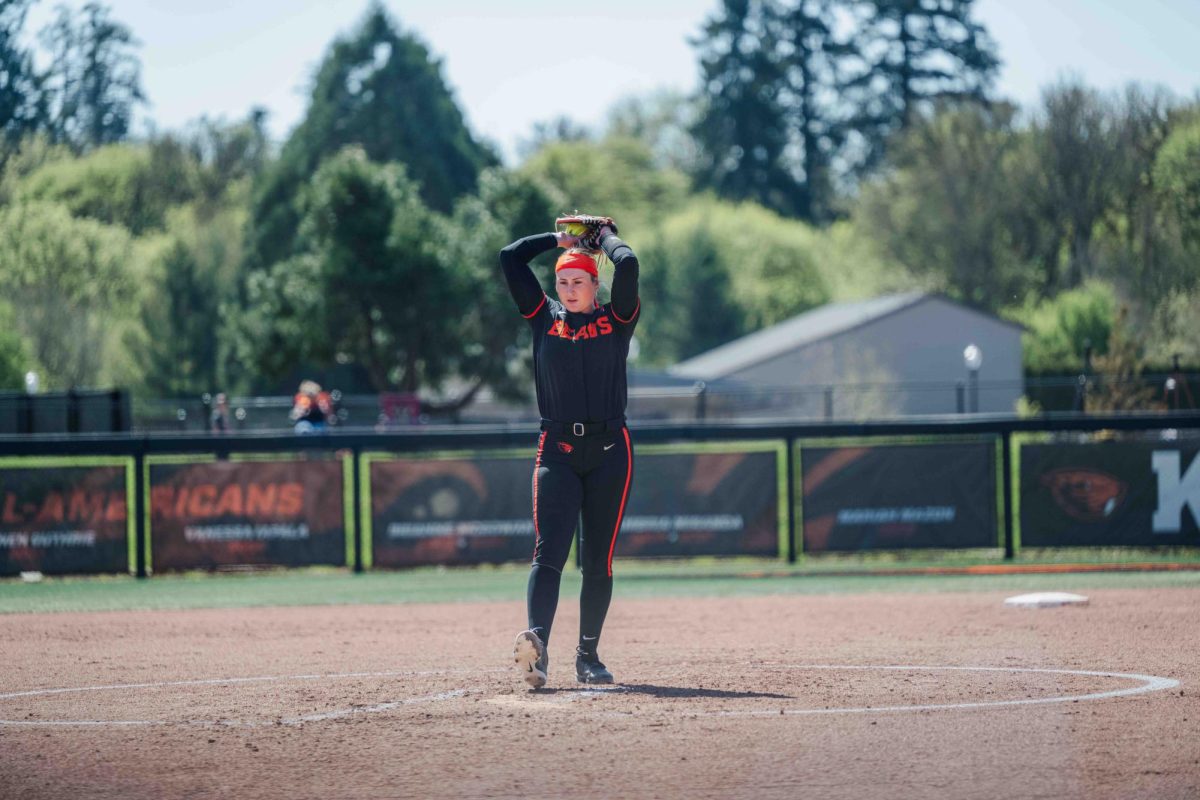






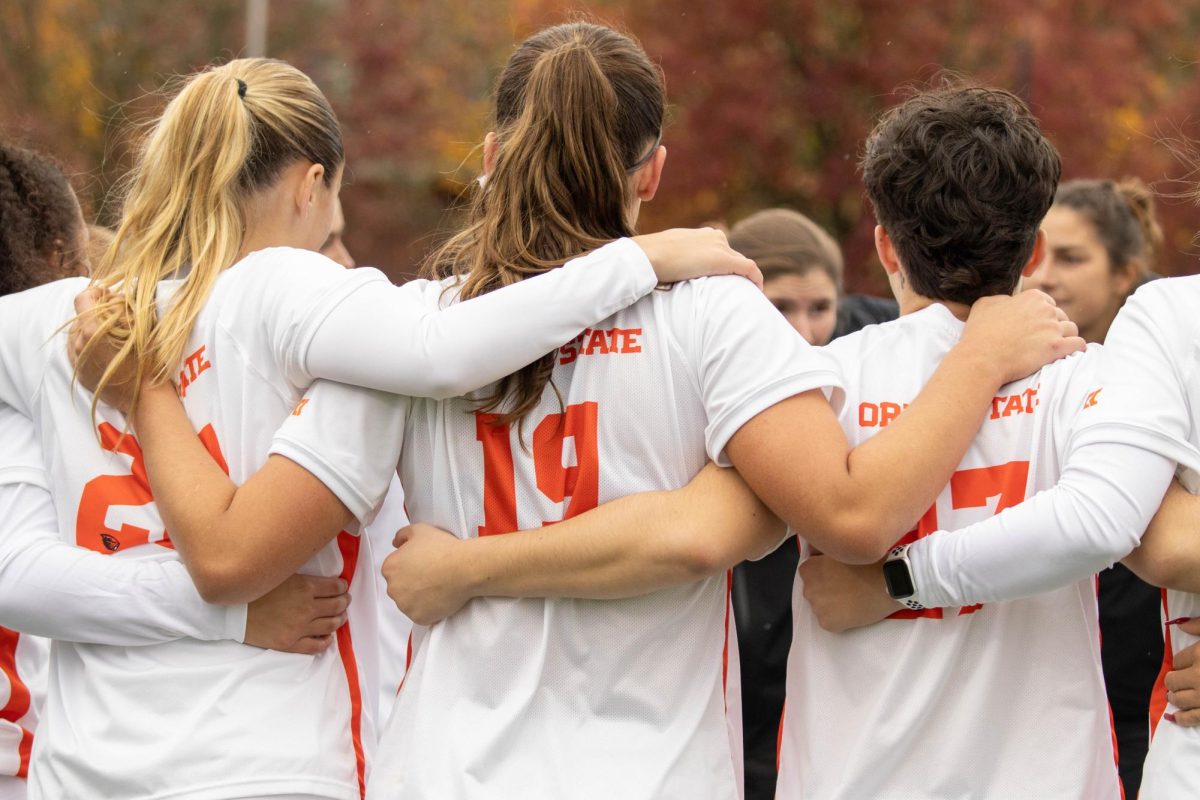
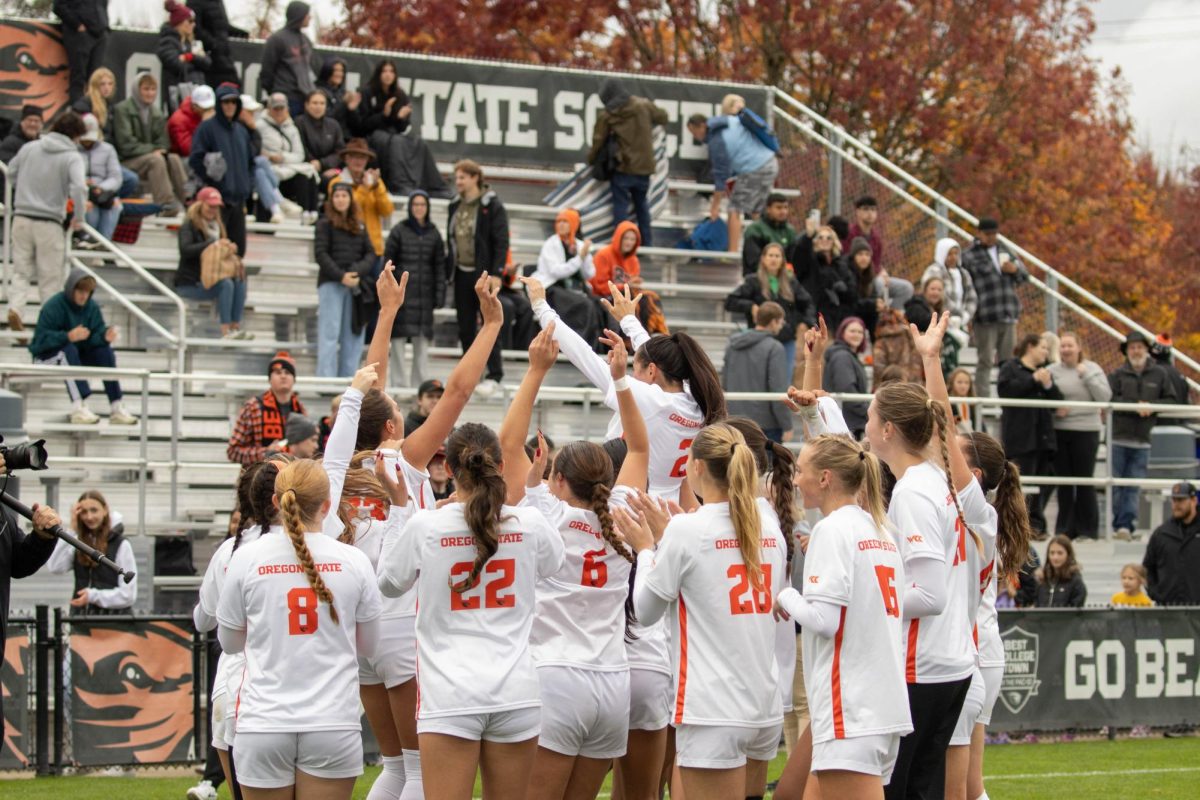








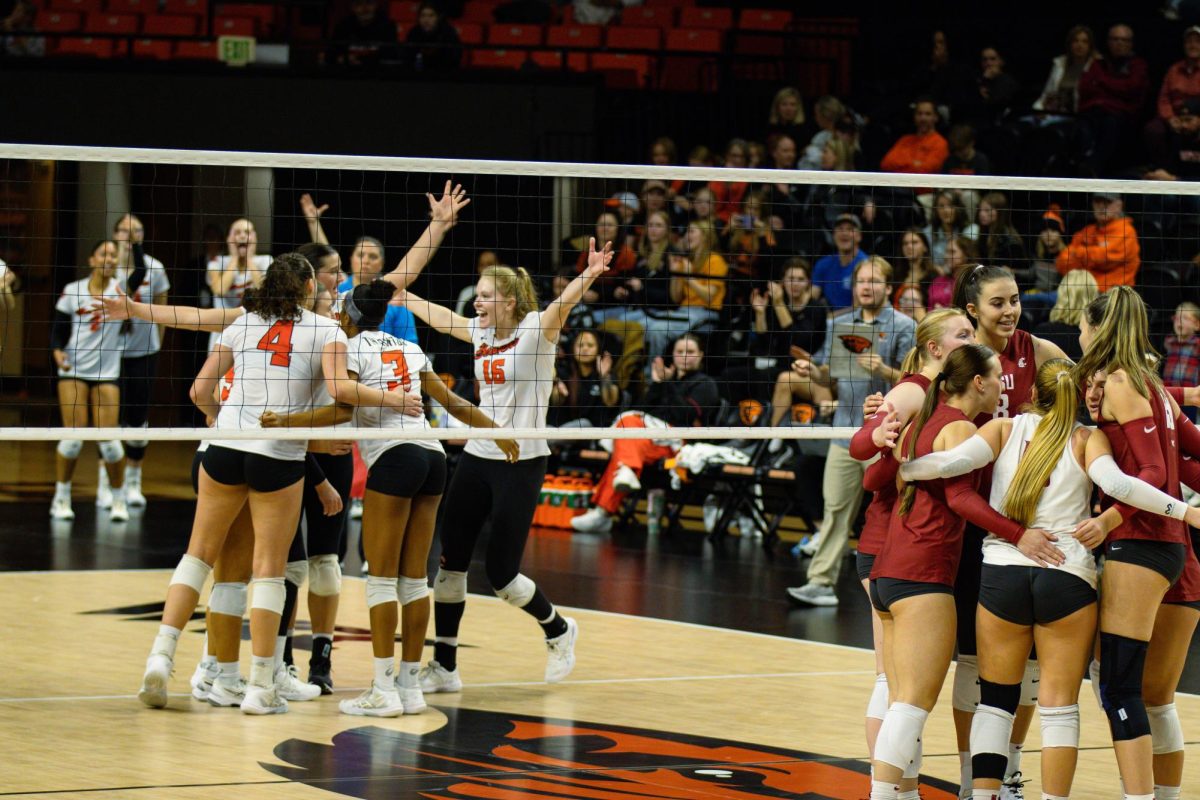

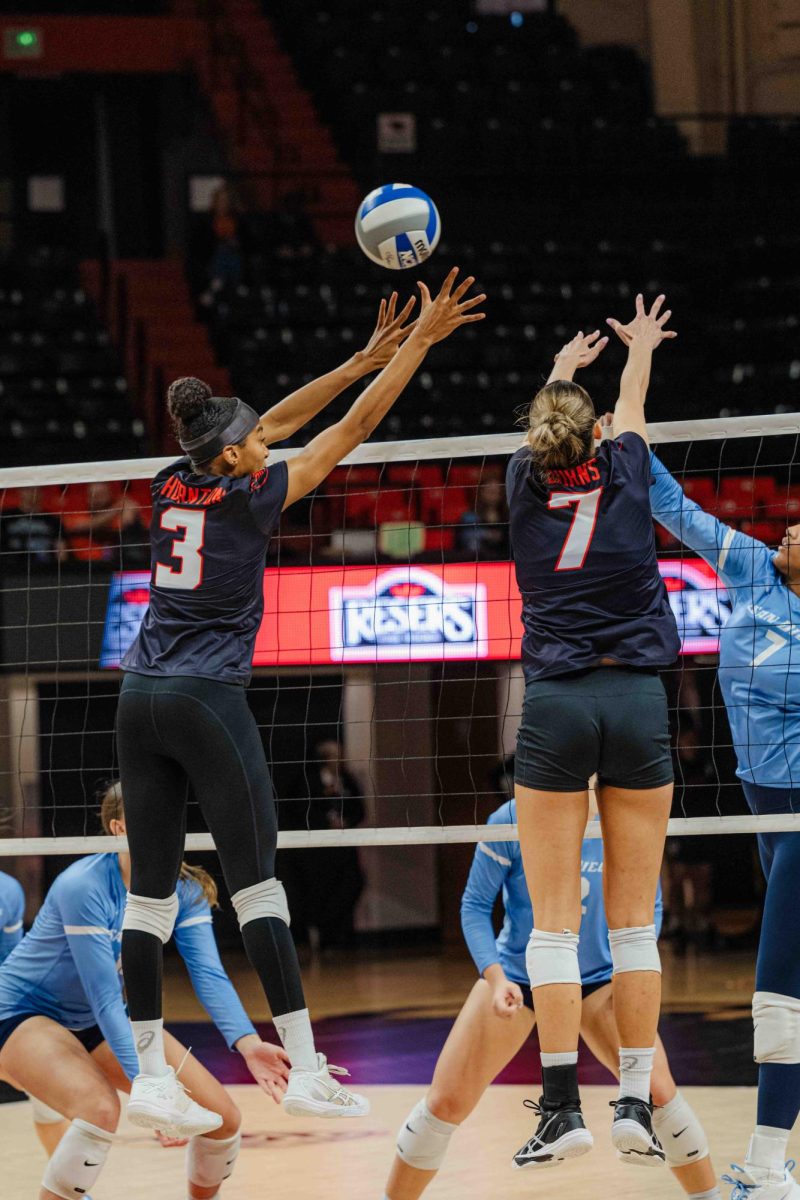
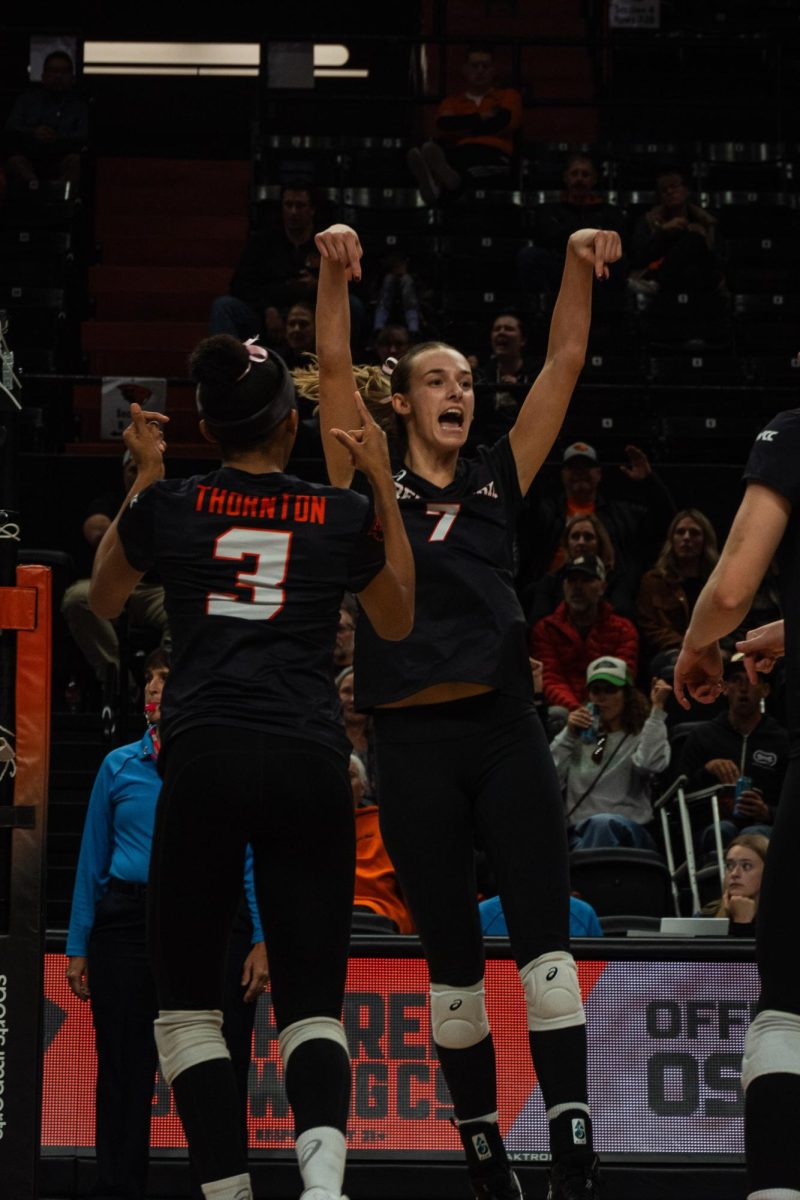













![Newspaper clipping from February 25, 1970 in the Daily Barometer showing an article written by Bob Allen, past Barometer Editor. This article was written to spotlight both the student body’s lack of participation with student government at the time in conjunction with their class representatives response. [It’s important to note ASOSU was not structured identically to today’s standards, likely having a president on behalf of each class work together as one entity as opposed to one president representing all classes.]](https://dailybaro.orangemedianetwork.com/wp-content/uploads/2025/03/Screenshot-2025-03-12-1.00.42-PM-e1741811160853.png)























